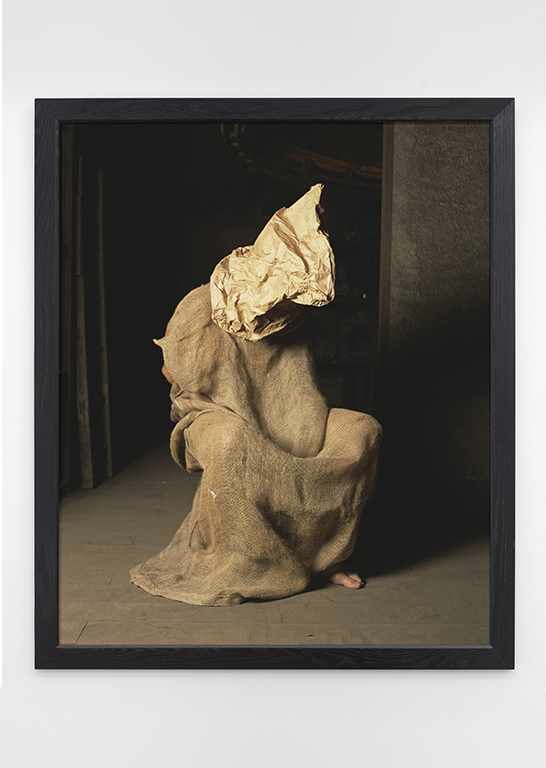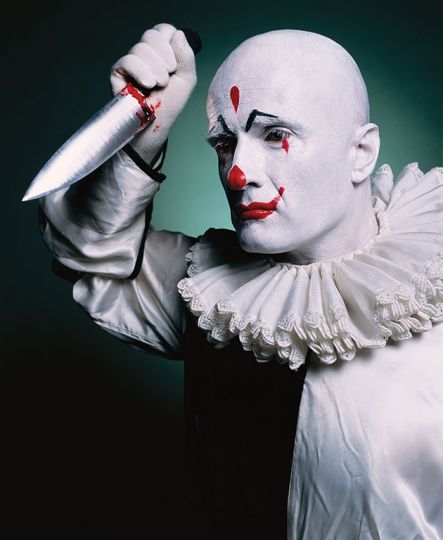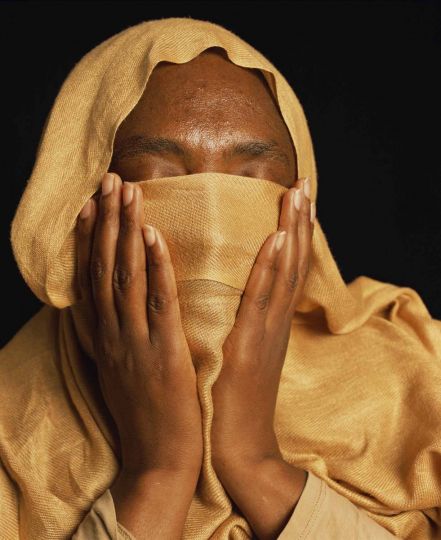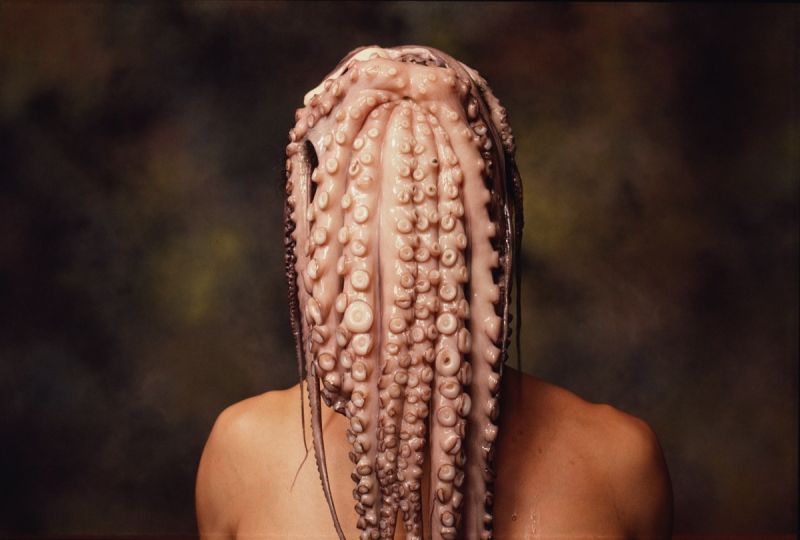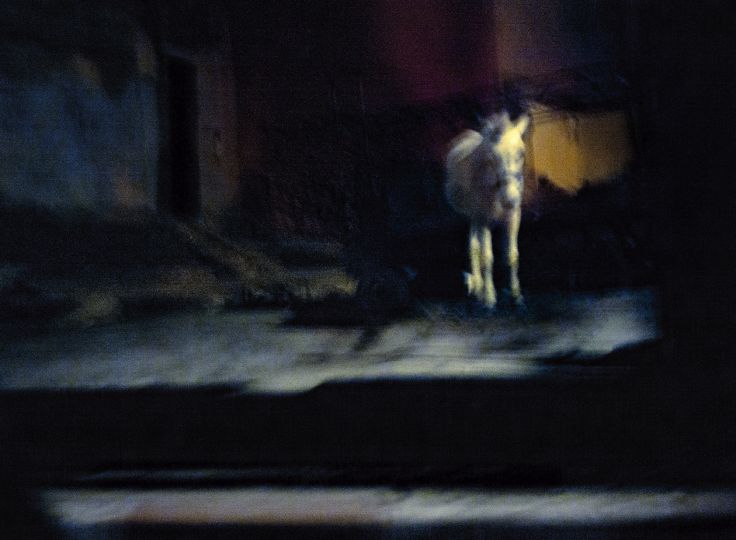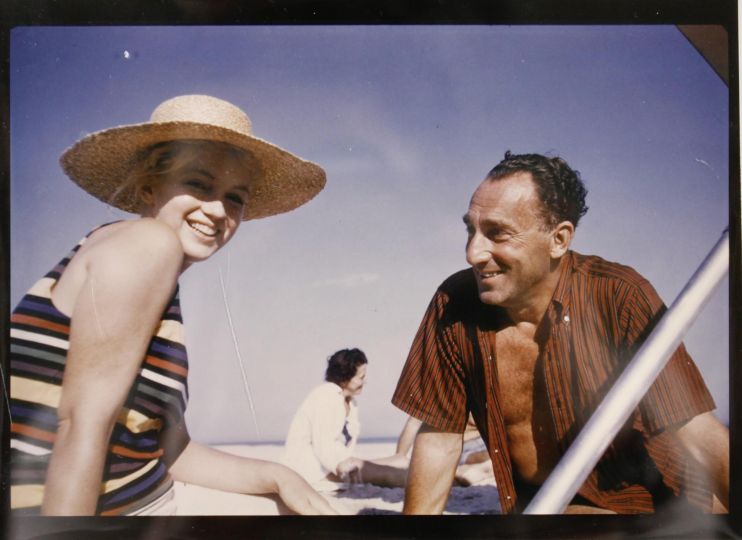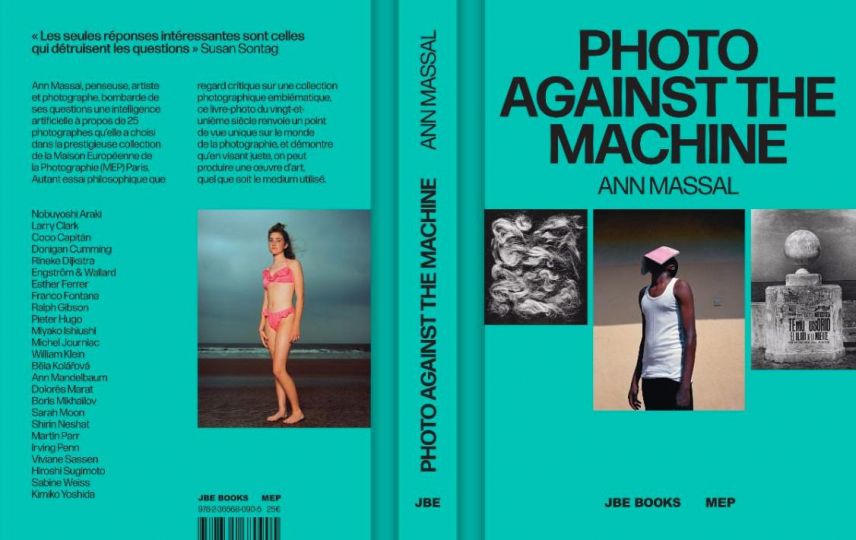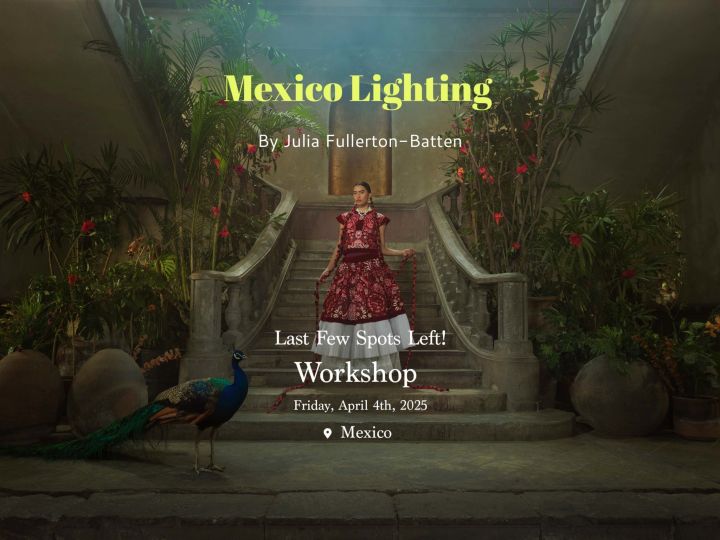American photographer Andres Serrano’s influential and transgressive career continues to push the limits of contemporary photography and ethics, and this most recent series unflinchingly examines the relationship between trauma and memory, violence and representation. Torture unfolded against the political backdrop of Abu Ghraib and the aftermath surrounding the disturbing photographs documenting detainee abuse. Serrano’s images of hooded men arise from our collective subconscious embedded through the repetitive visual bombardment of mass media. These works demonstrate the depth of human cruelty and indignation, the attestation of how far we can go when we have power over another human being.
Yet several of the subjects in Torture are not just symbols, but depict four individuals and their personal histories. Kevin Hannaway, Patrick McNally, Brian Turley, and Francie McGuigan were part of a group known as the “Hooded Men,” Irishmen who were arrested and suffered indignities at the hands of the British army in 1971. They were victims of newly tested methods of interrogation that later became known as the infamous “five techniques”: wall-standing, hooding, subjection to noise, deprivation of sleep, and deprivation of food and drink. Individual portraits show them each close-up wearing dark hoods over their faces—the tightly cropped compositions at first read as abstractions, the folds of fabric resembling charcoal or mountainous cliffs that deny a sense of scale, space, or identity. No less real is Fatima (2015), the Sudanese woman who was arrested in her home country on the accusation of connections with rebels. She was beaten, tortured with a knife, and raped while in police custody.
These photographs devoid altogether of human subjects still convey bodily presence. Blood-drenched gloves are draped on a wall; an eerily lit hallway almost appears to glow with some primordial force; a chair placed in front of a large wooden cross simultaneously implies religious contemplation and solitary punishment. Shots of menacing devices—Iron Shackle, The Clink Prison Museum, London, UK (2015), and Scold’s Bridle IV, Hever
Castle, Kent, UK (2015)—are portrayed as inert still lifes that invite the viewer to envision their draconian implementation. The role images play in contemporary life—their circulation and censorship—remains an ongoing and controversial dialogue. Serrano’s photographs never hesitate; they are unwavering in their insistence to delve ever deeper into that unsettling nexus of decency and representation.
http://www.jackshainman.com/exhibitions/20th-street/
Information
Jack Shainman Gallery
513 W 20th St New York, NY 10011 USA
September 28, 2017 to November 04, 2017

